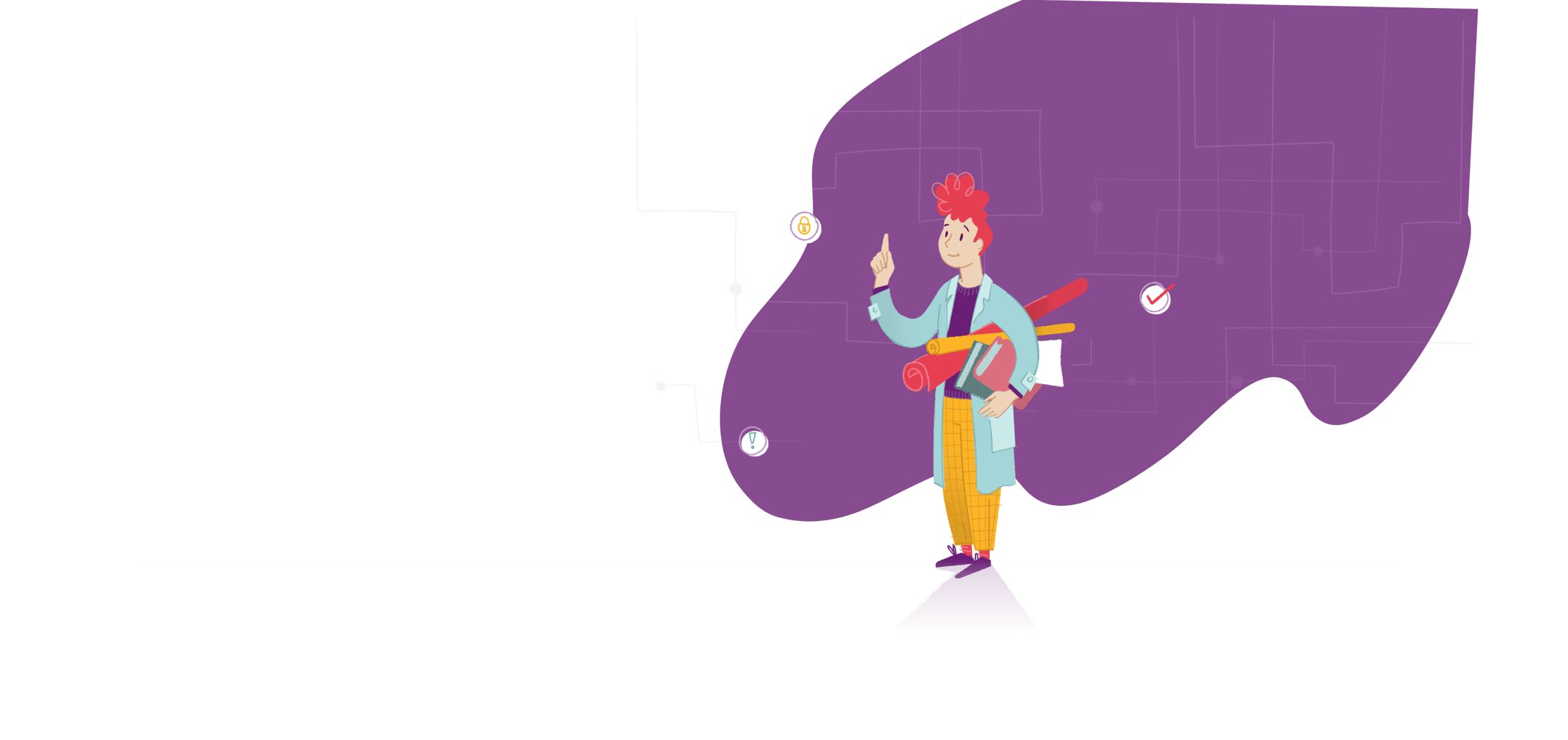This article is a part of our Vulnerability Database (back to index)
Cross-site Scripting occurrences in Pagekit
A cross-site scripting (XSS) vulnerability in Pagekit CMS v1.0.18 allows attackers to execute arbitrary web scripts or HTML via a crafted payload injected into the Markdown text box under /blog/post/edit. (2022-08-29, CVE-2022-36573)
In PageKit v1.0.18, a user can upload SVG files in the file upload portion of the CMS. These SVG files can contain malicious scripts. This file will be uploaded to the system and it will not be stripped or filtered. The user can create a link on the website pointing to "/storage/exp.svg" that will point to http://localhost/pagekit/storage/exp.svg. When a user comes along to click that link, it will trigger a XSS attack. (2021-06-16, CVE-2021-32245)
Stored XSS in YOOtheme Pagekit 1.0.13 and earlier allows a user to upload malicious code via the picture upload feature. A user with elevated privileges could upload a photo to the system in an SVG format. This file will be uploaded to the system and it will not be stripped or filtered. The user can create a link on the website pointing to "/storage/poc.svg" that will point to http://localhost/pagekit/storage/poc.svg. When a user comes along to click that link, it will trigger a XSS attack. (2018-06-02, CVE-2018-11564)
Why Cross-site Scripting can be dangerous
Cross site scripting is an attack where a web page executes code that is injected by an adversary. It usually appears, when users input is presented. This attack can be used to impersonate a user, take over control of the session, or even steal API keys.
The attack can be executed e.g. when you application injects the request parameter directly into the HTML code of the page returned to the user:
https://server.com/confirmation?message=Transaction+Complete
what results in:
<span>Confirmation: Transaction Complete</span>
In that case the message can be modified to become a valid Javascript code, e.g.:
https://server.com/confirmation?message=<script>dangerous javascript code here</script>
and it will be executed locally by the user's browser with full access to the user's personal application/browser data:
<span>Confirmation: <script>dangerous javascript code here</script></span>
